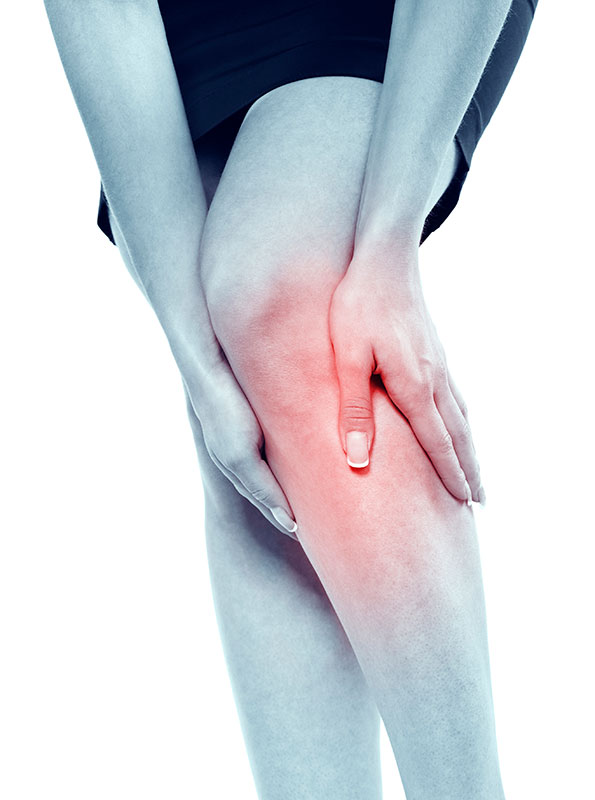Varicose veins are raised, swollen, twisting veins that bulge visibly beneath the skin. Varicose veins are common, affecting roughly 20% – or one in five – American adults. The causes are many, including age, heredity, standing regularly for long hours, being overweight, hormonal changes, a history of blood clots, abdomen-straining conditions like chronic constipation, and venous insufficiency, in which the tiny valves within the veins fail to close off and allow blood to pool in the legs, causing the veins to expand under pressure.
For some people, varicose veins may be no more than a cosmetic problem, but if you’re someone who has felt compelled to hide your legs under long pants in hot, humid Florida weather, you know this is hardly a good way to enjoy the summer months. For others, however, varicose veins pose a genuine health problem. Sufferers can experience pain, burning, tingling, throbbing, tired, heavy legs, blood clots, even open sores.
Up until recently, the treatments for varicose veins, like surgical ligation and vein stripping, were invasive, uncomfortable and required a lengthy recovery. Advances in interventional radiology treatments, however, make such drastic procedures a thing of the past for the vast majority of patients.
The skilled Board Certified interventional radiologists of RAO’s Center for Vascular Health (CVH) perform a safe, non-surgical laser procedure called endovascular laser ablation (ELA). ELA delivers thermal energy directly to the vein, causing it to collapse and ultimately disappear. This highly successful outpatient procedure is performed using a local anesthetic, so no sedation is required. Patients are able to walk immediately after the service, and recovery is quick.
RAO also performs in-office evaluations of varicose veins using ultrasound, a safe, gentle, noninvasive and radiation-free diagnostic tool that provides adequate information for your interventional radiologist to plan the appropriate treatment. For those few patients whose varicose veins may not be treatable via ELA, RAO offers a minimally-invasive treatment called phlebectomy, in which a few tiny incisions are made so the vein can be safely removed. Local anesthetic is used to prevent pain and the procedure is typically over in 30-60 minutes. Daily activities can usually be resumed within 24 hours.
If you suffer from varicose veins, you owe it to yourself to find out how quickly and easily they can become a thing of the past. Call CVH at 352-671-4252.


